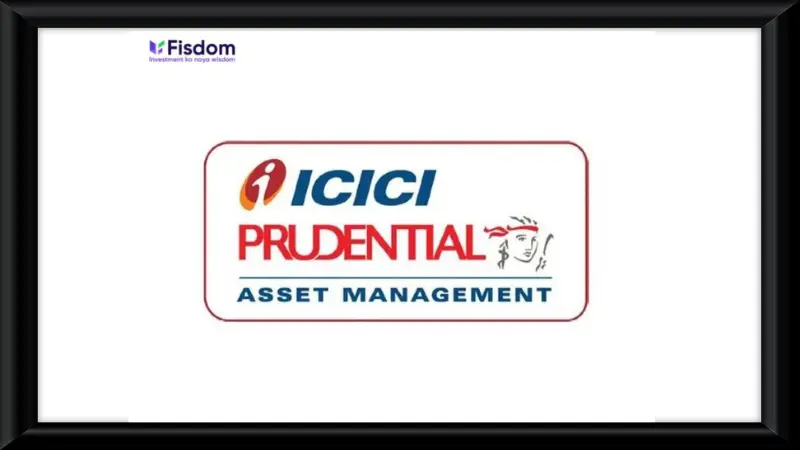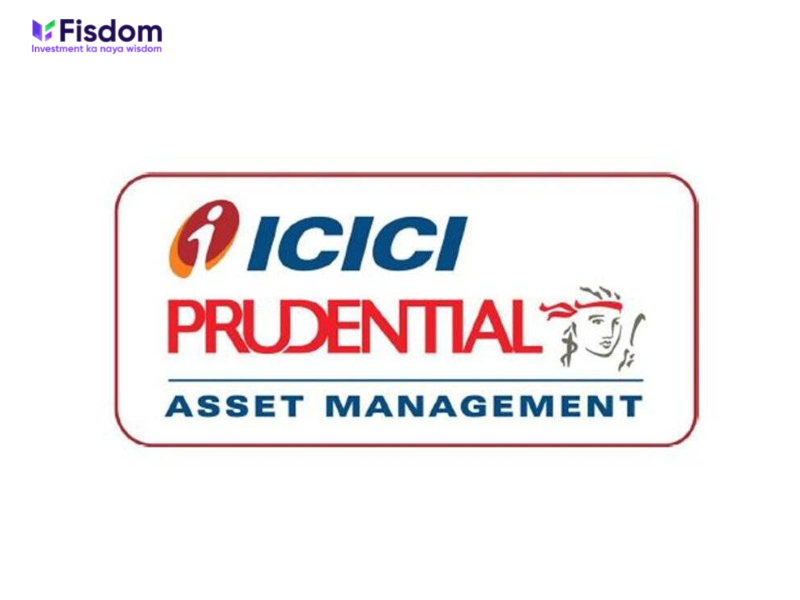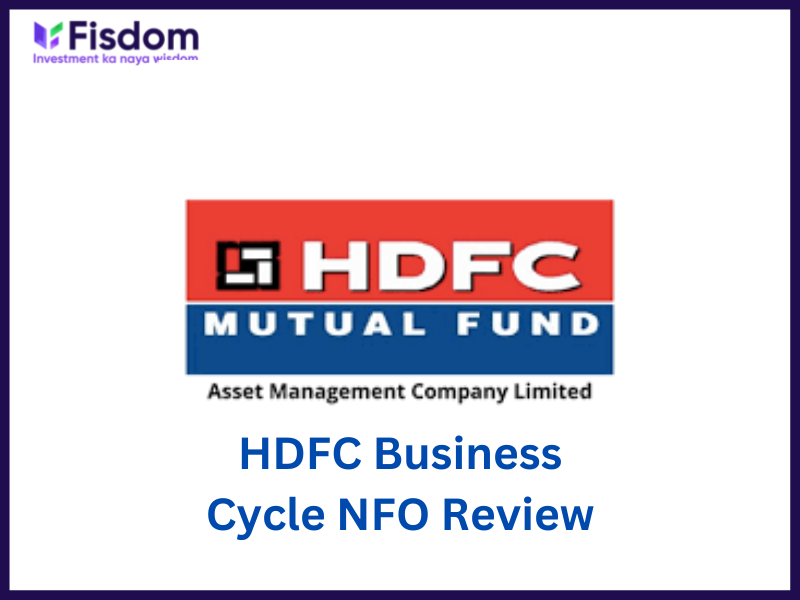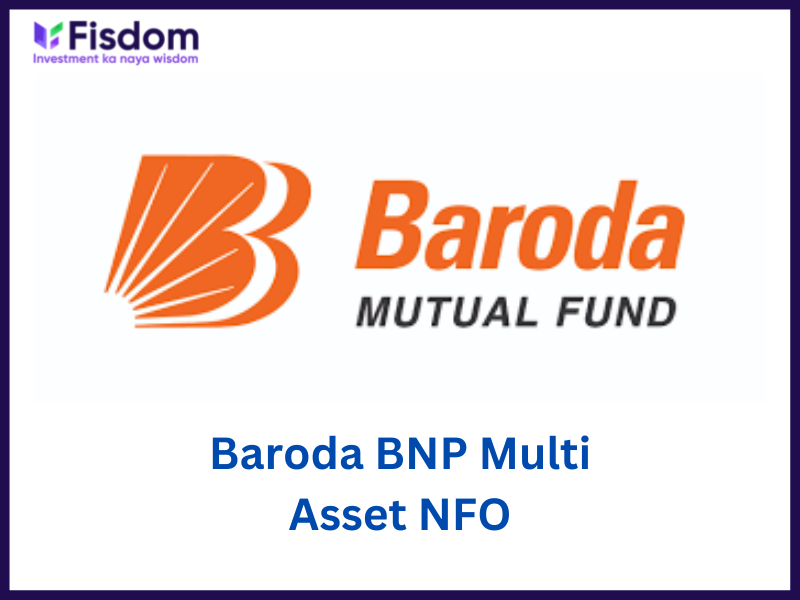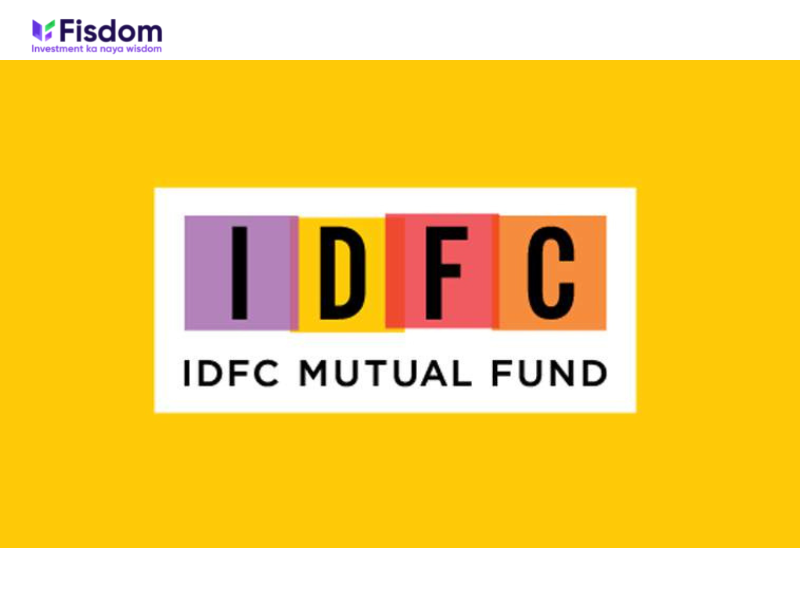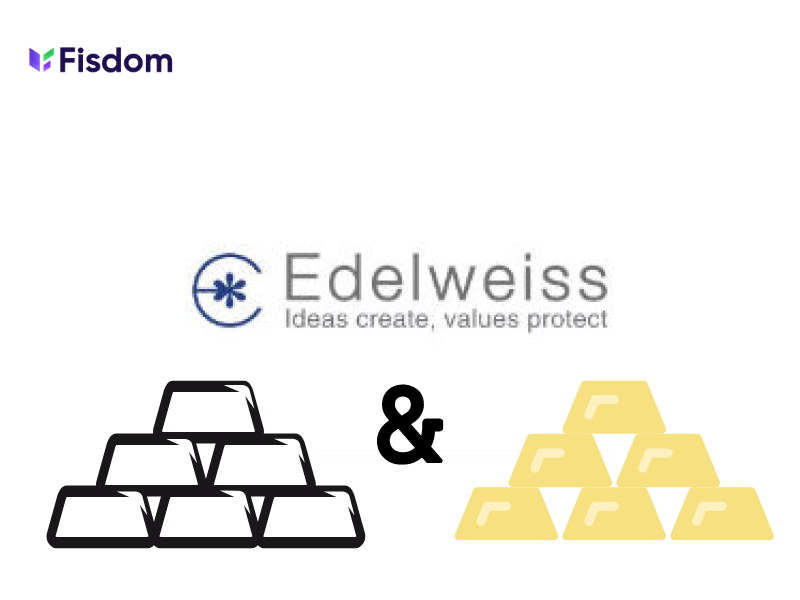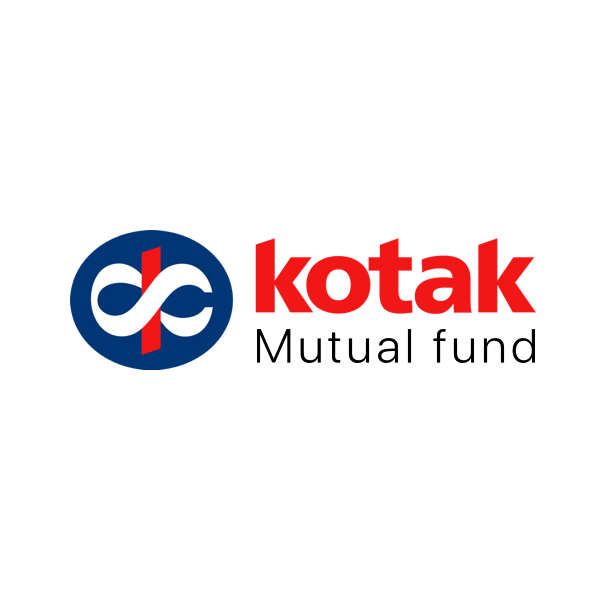
Kotak Mutual Funds recently launched a new fund Kotak Business Cycle Fund. The open-ended scheme will mainly invest in stocks belonging to sectors that are in a growth phase of their business cycles.
The new fund offer (NFO) opened for subscription on September 07, 2022, and closes on September 21, 2022.
Investment objective of the fund
The Kotak Business Cycles Fund’s investment objective is fetch long-term capital appreciation through investment focus in equity and equity-related securities belonging to companies that are riding in the growth phase of their business cycles. To ensure diversification, the fund will dynamically allocate its corpus across various sectors and stocks that are benefiting from their current business cycle stages.
Why should you apply for the NFO?
Exposure to different business cycles: Different sectors perform well during different business cycles. For instance, during economic expansions, cyclical companies such as metals, infrastructure, power, etc tend to perform well. As the economy reaches mid-stage, growth tends to be average and sectors like banking continue to outshine others. The fund will invest in stocks of sectors that have higher chances of benefiting from the ongoing business cycle that the economy is experiencing.
Investment across sectors: By investing in this fund, investors can gain exposure to numerous sectors such as banking, power, infrastructure, energy, metals, retail, etc. through this fund, investors can enjoy diversification under one umbrella.
Professionally managed portfolio: The fund will be professionally managed by highly experienced and skilled fund managers who have vast industry experience. This way, investors who are new to the stock markets can still gain equity exposure without worrying about appropriate asset allocation. The fund managers will also periodically rebalance the portfolio to ensure that the right sectors are tapped during the right business cycle phases.
Image source – Kotak MF
Risks associated with NFOs
Since there are only a few business cycle funds in India currently, there is limited information available on historical performance. Also, since this is a NFO, investors must be cautious before making an investment. It is wise to consider factors such as personal risk appetite, investment goals, the current size of assets under management of the fund house, the fund manager’s reputation, etc. before investing in NFOs.
Fund details
| Scheme name | NFO details for Kotak Business Cycles Fund |
| Type of Scheme | An open-ended equity scheme following a business cycles-based investing theme. |
| Category of the scheme | Business cycle equity fund |
| Benchmark | Nifty 500 Total Return Index |
| Plan options | Regular and direct plans with the following options:GrowthIncome Distribution cum Capital Withdrawal |
| Fund Manager | Pankaj Tibrewal and Abhishek Bisen |
| Exit Load | Redemption/Switch up to 10% of the initial investment within 1 Year from allotment – NilRedemption/Switch in excess of limit within 1 year from allotment – 1% of NAVRedemption/Switch after 1 year from allotment – Nil |
| Minimum Investment | Rs. 5,000 and multiples of 1 thereafter. |
| Expense Ratio | Upto 2.25% |
| NFO Period | 07 Sep 2022 – 21 September 2022 |
| Risk level | Very high risk |
Where can you invest in the NFO?
Head over to the Fisdom App to invest in this NFO.
FAQs
FAQs
NFO (New Fund Offer) is launched by the Asset Management Companies (AMCs) to generate funds for launching a new mutual fund. These funds are then pooled to buy the shares or other securities as per the fund’s mandate or the guidelines based on which the fund is launched. NFOs are like IPOs where all the relevant details of the funds are provided at the time of their launch and the units of the fund are usually set at Rs. 10 per unit for a subscription. SEBI guidelines allow the NFOs to be active for a maximum period of 30 days following which the units of the fund are traded based on their daily NAV.
NFOs, at the time of their launch, are launched in two categories namely close-ended funds and open-ended funds. The details of each type of fund are mentioned below.
Open-ended funds
The majority of mutual funds are launched as open-ended funds. Investors can subscribe to the fund at the nominal rate (usually Rs. 10 per unit) during the NFO period. After the NFO period, when the units are traded based on the daily NAV, the investors stand to gain huge capital gains depending on the performance of the fund.
Close-ended funds
Close-ended funds, on the other hand, do not allow the investors to subscribe to the fund after the NFO period is closed.
Investing in NFOs is a very good opportunity to maximize the returns as the units can be subscribed at nominal rates and the returns are potentially higher based on the prevailing NAV at the time of redemption. However, there are several points that need to be considered while subscribing to an NFO. Some of such points are highlighted below.
a)Track record of the AMC
NFOs are offered for the new mutual fund so no proven track record can be reviewed by investors to make an informed investment decision. The investors have to therefore rely on the reputation of the AMC and other details mentioned in the NFO to make an investment decision.
b)Expense ratio (if mentioned)
NFOs need a good amount of publicity to make the investors aware of the fund and the investment opportunity. It is therefore essential for the investors to check the expense ratio of the fund and ensure that it does not outweigh the net gains.
c)Check if the fund is in correlation to the existing portfolio
Recently there have been many NFOs in the market that investors can choose from. However, while selecting the fund the investors must check if the fund is not similar to an existing fund in their portfolio. For example, if the fund is a large-cap fund and the investor already has one or two similar funds in their portfolio, investing in another will not add much value to the net returns or the diversification of the portfolio. On the other hand, many NFOs can be sector-specific or country-specific. In such a case, investors have to check if the fund is in line with other factors like their risk-return profile and investment goals.
d)Review the SID carefully
Reviewing the SID (Scheme Information Document) is a crucial step that should not be missed by investors while investing in NFOs. It contains all the relevant information about the fund managers, their qualifications, and experience which is crucial for the funds’ performance. Other relevant information includes the investment profile of the fund, target sectors or securities, benchmark index, asset allocation ratio, etc. This helps the investors understand the returns expectation of the fund as well as the target investments where the fund will invest the pooled funds. Investors having a risk-return profile in line with that of the fund can thus invest in such funds.
Investment in NFOs can be done through two main routes i.e., the online or offline modes. The details of the same are mentioned below.
a)Online mode
The online mode of investment is suitable for investors already having a Demat account and a trading account. Investors can simply select the NFO and invest by selecting the number of units to invest and paying for the same through online payment modes available on the platform.
b)Offline mode
The offline mode of investment in NFOs is through registered brokers and distributors. Investors can contact their brokers and distributors providing them with the details of the amount to be invested and they can invest in the selected NFOs on their behalf. Investors can make hassle-free investments through such modes as all the necessary forms to be filled and the formalities to be met are looked after by these entities giving investors the benefit of ease of investment. The charges for such services are nominal when compared to the potentially high returns.














